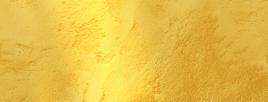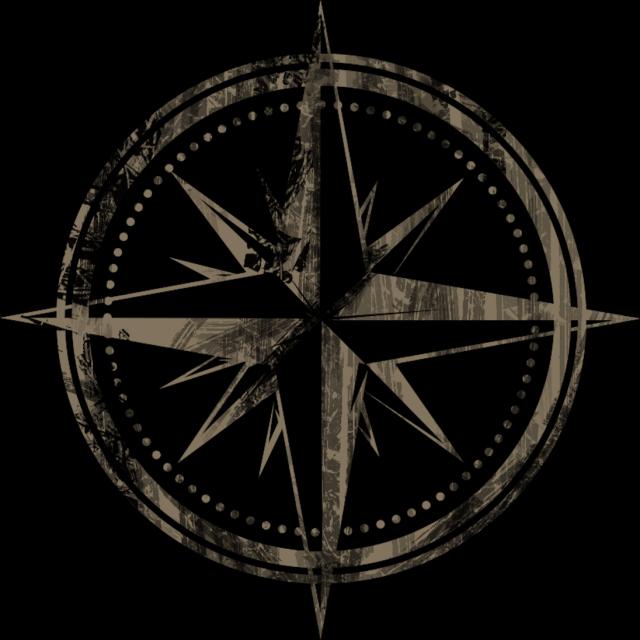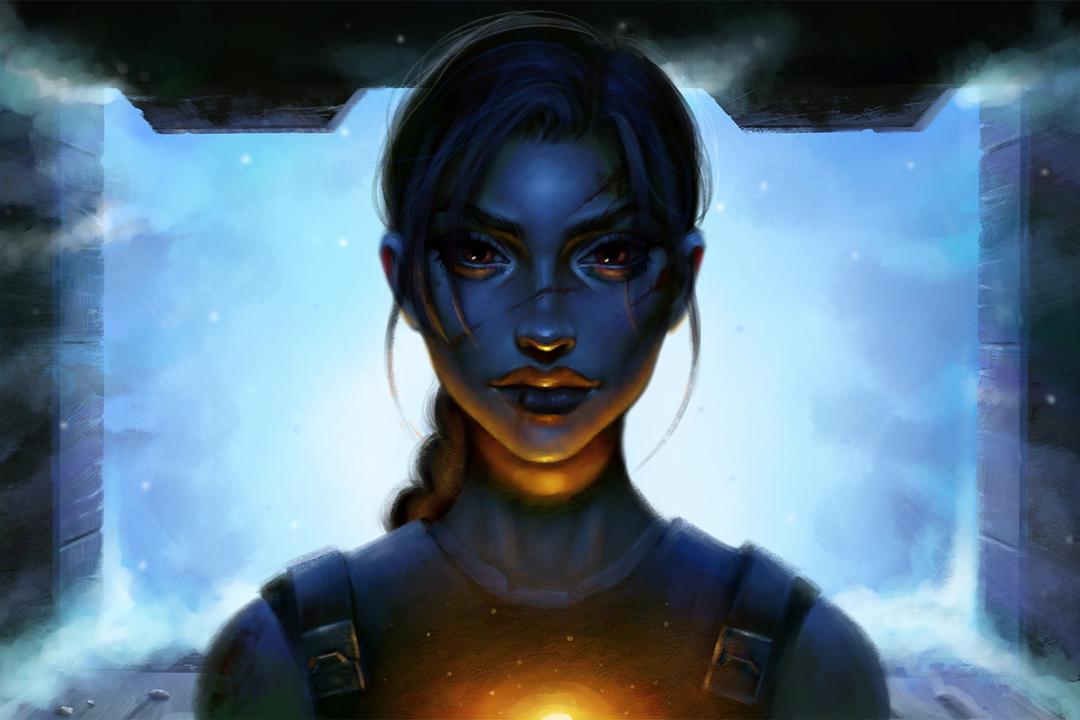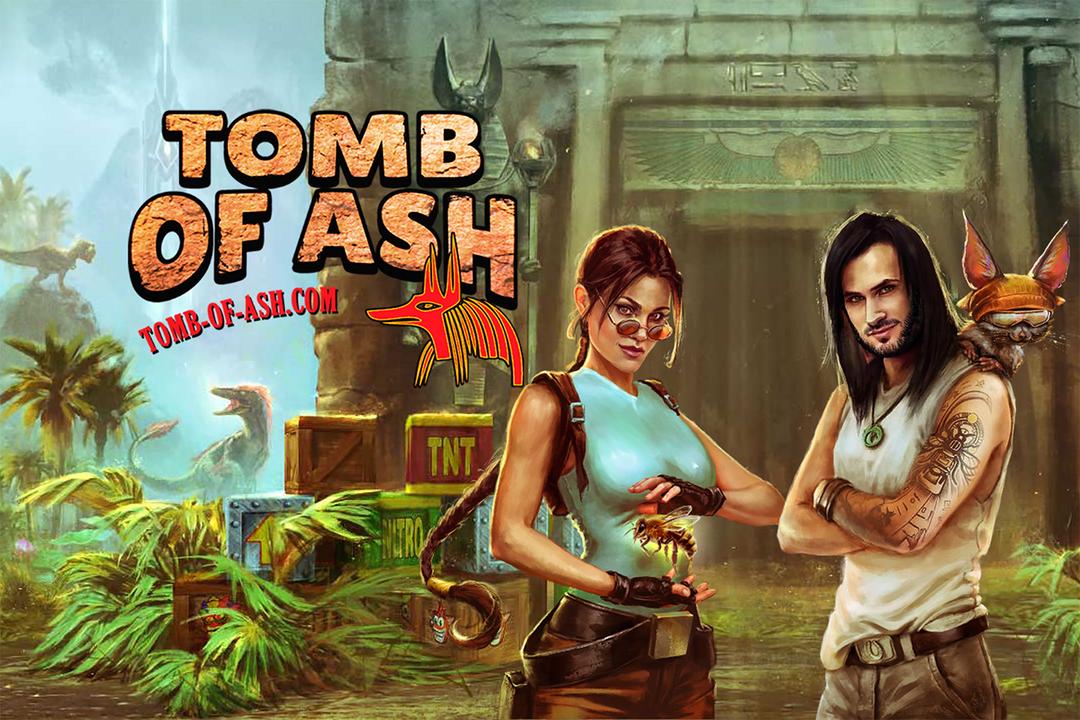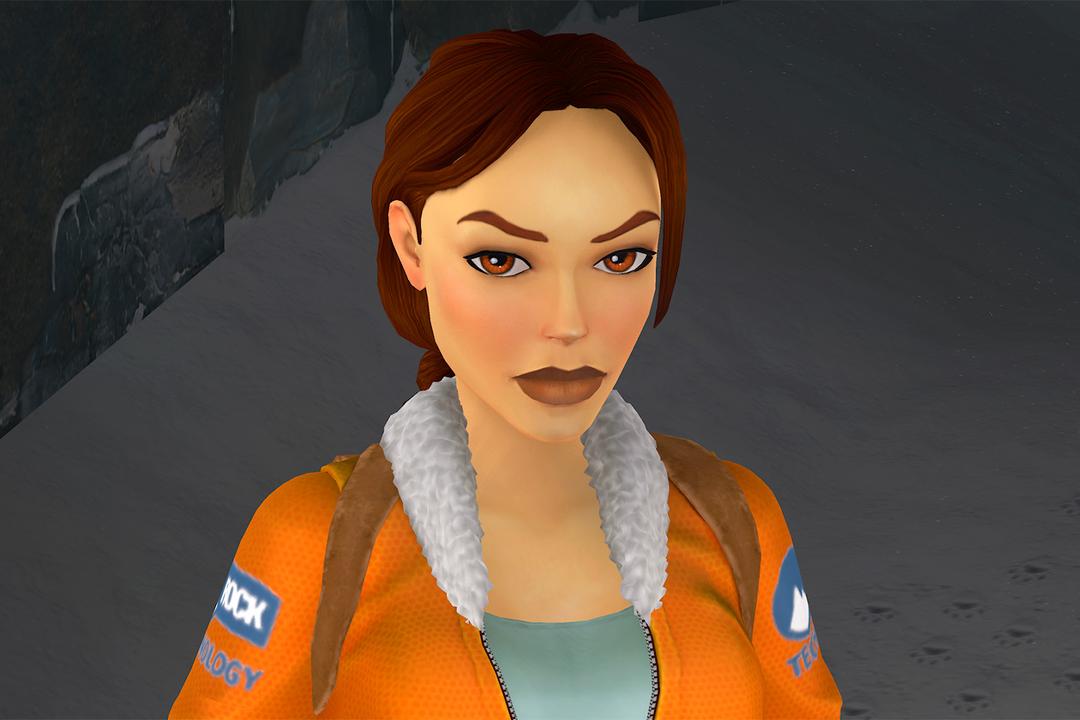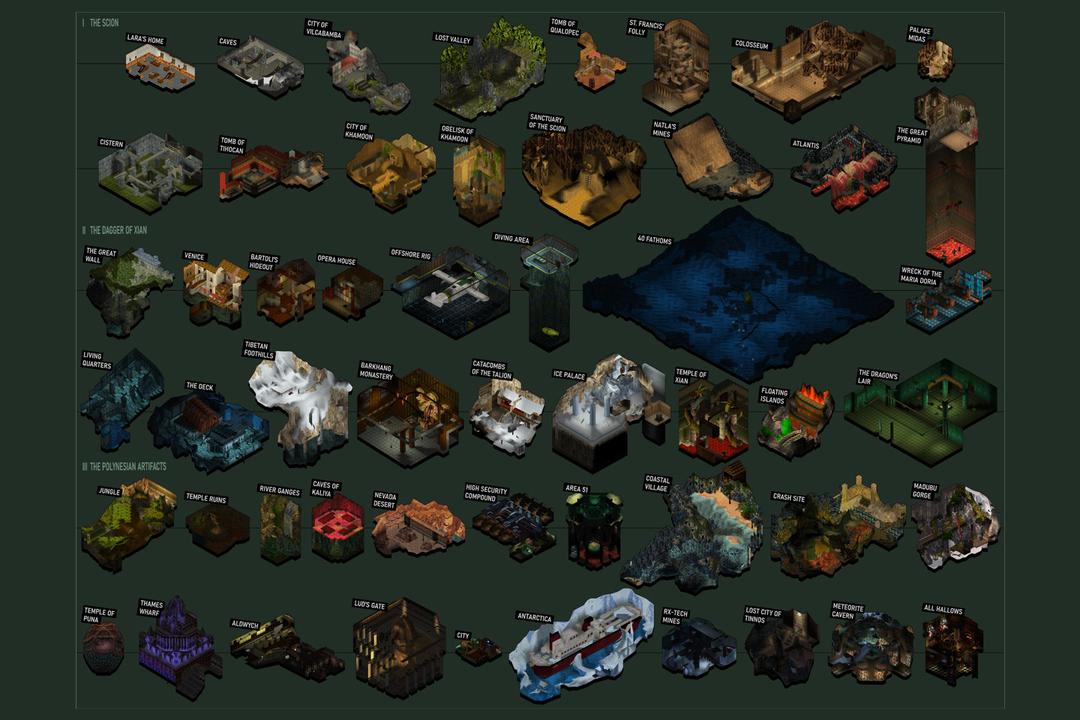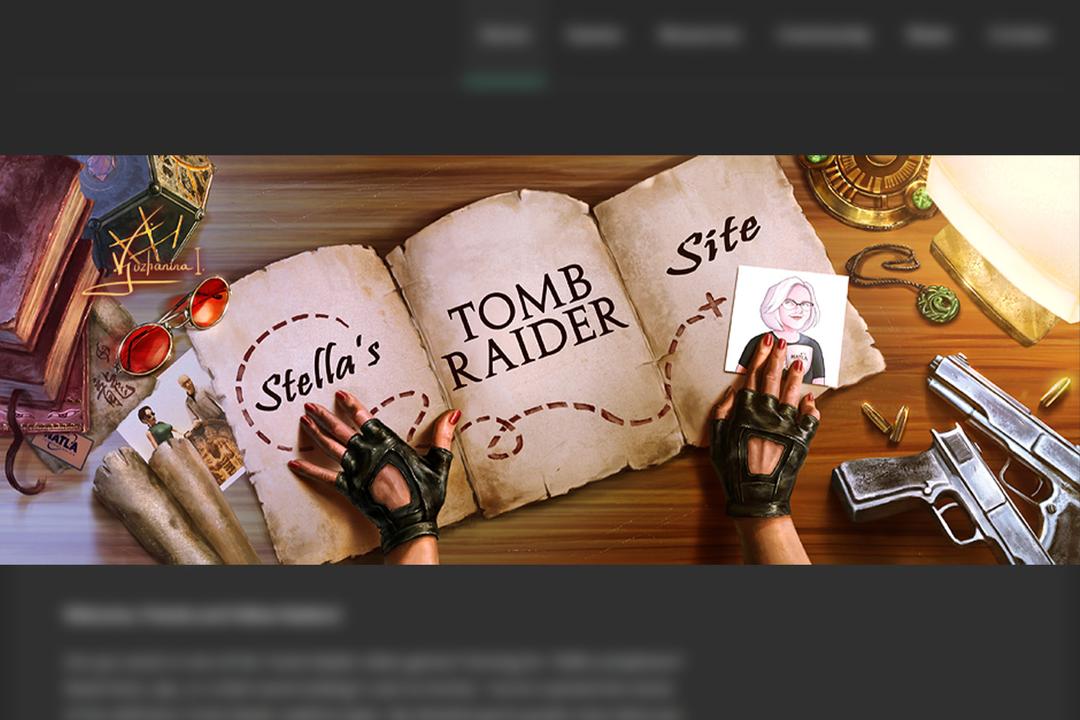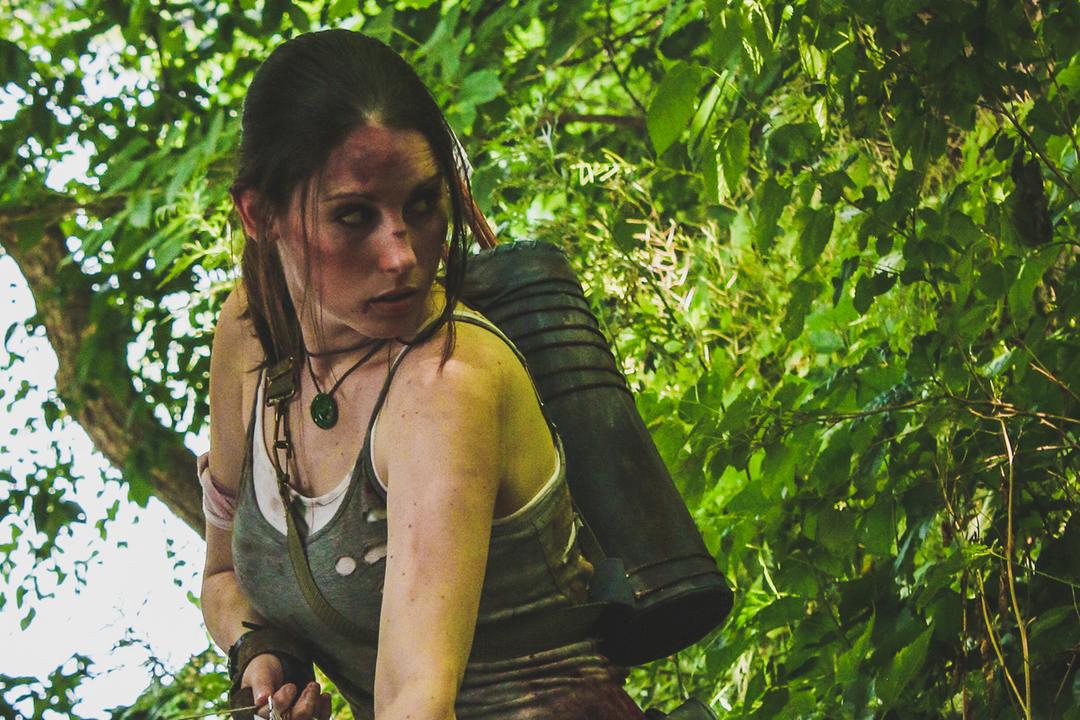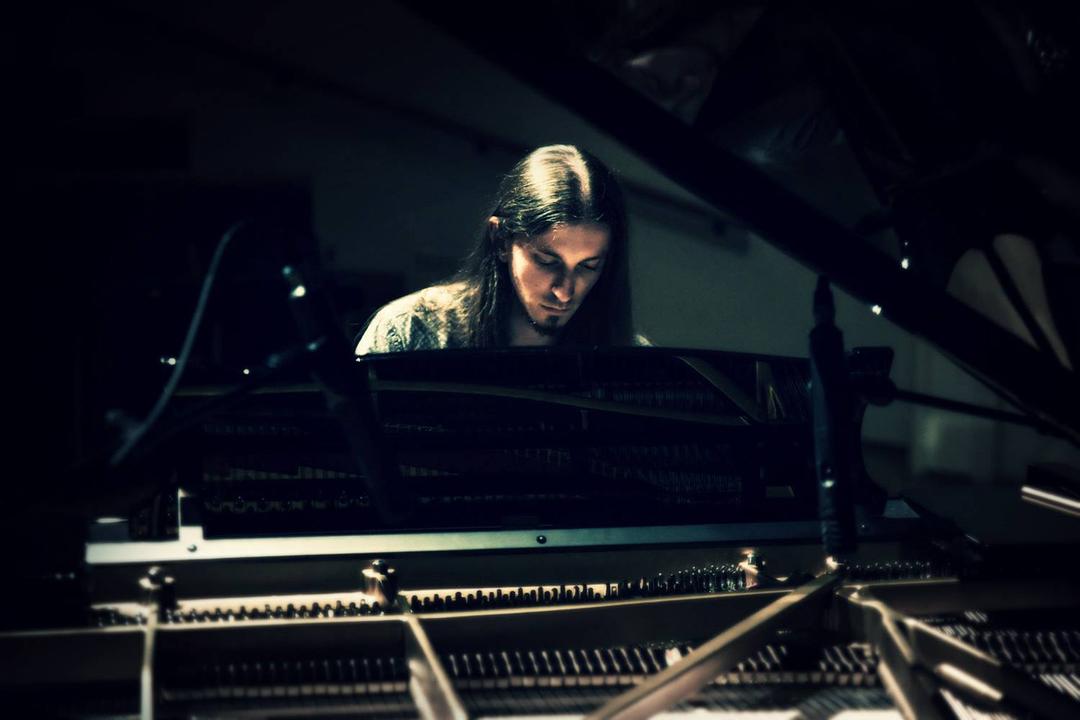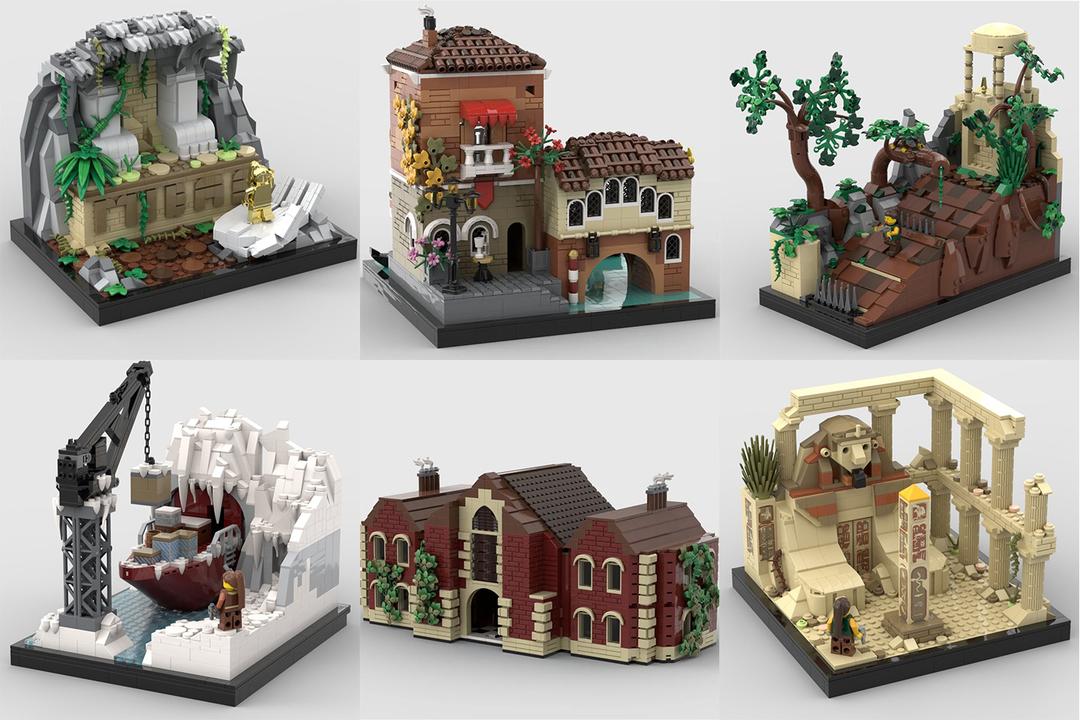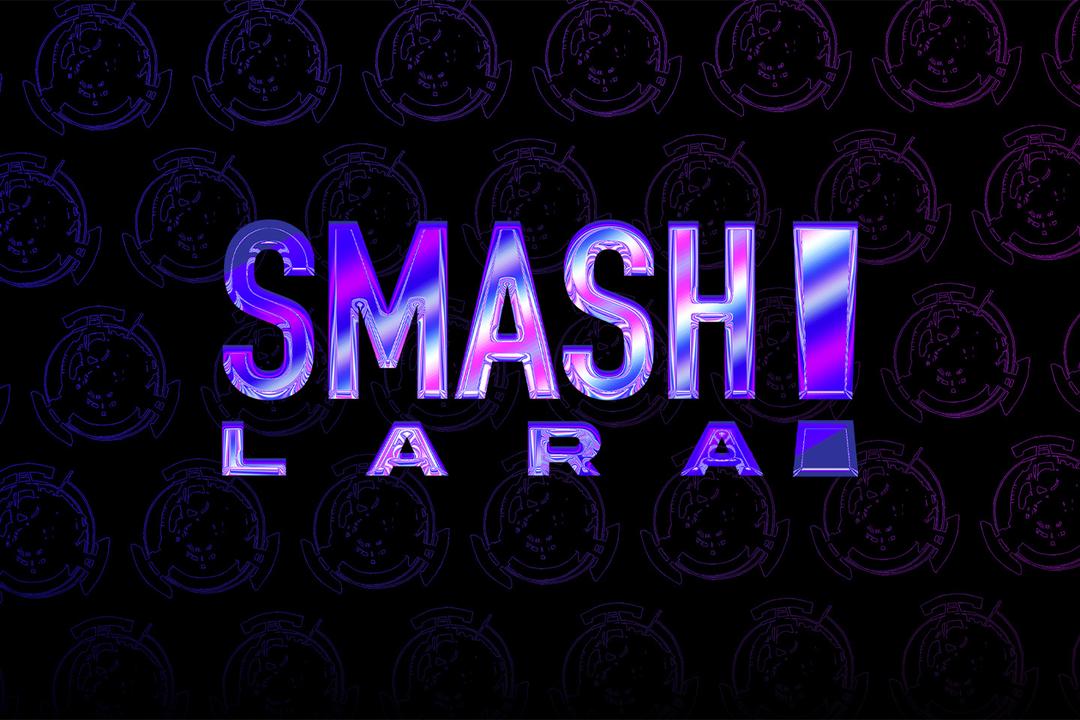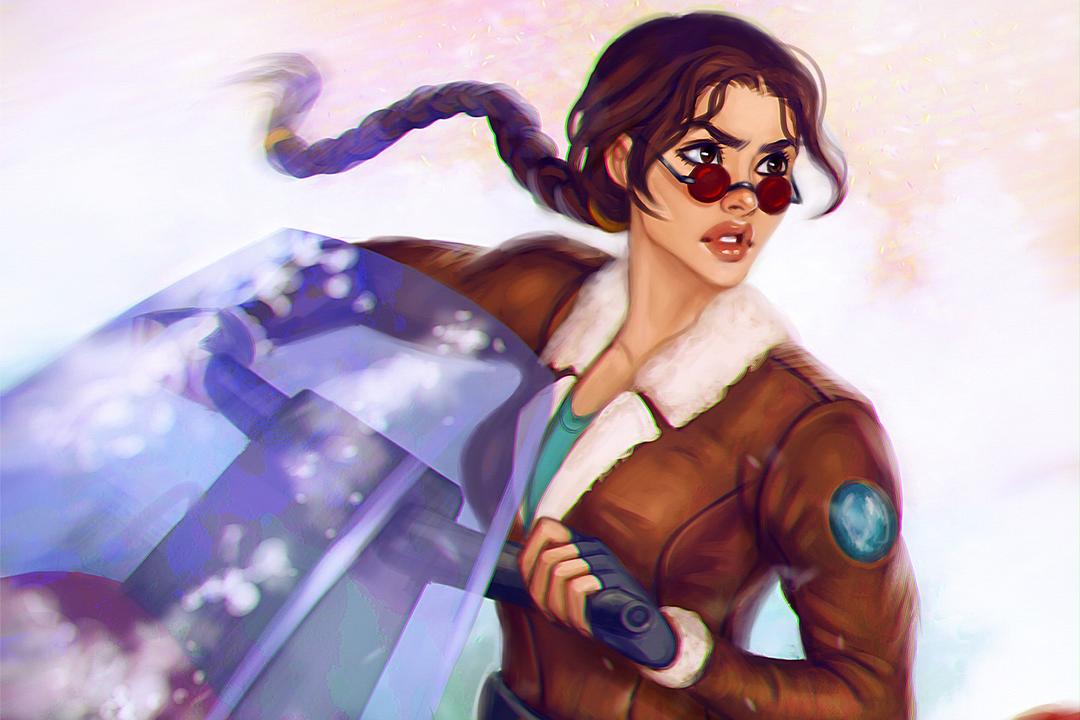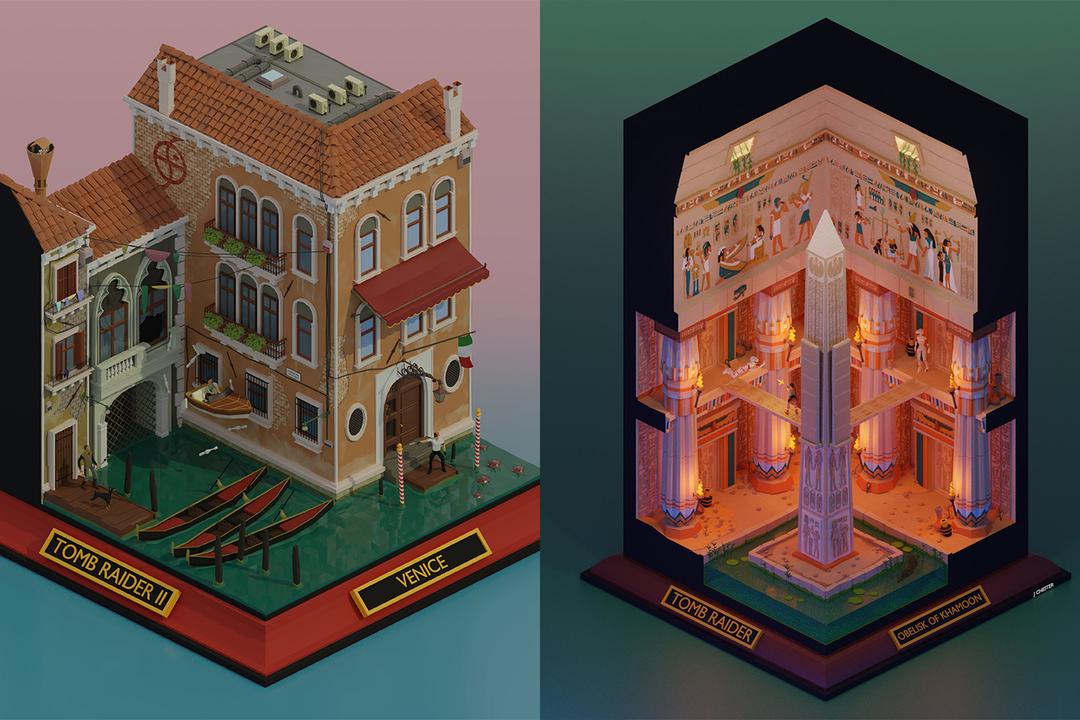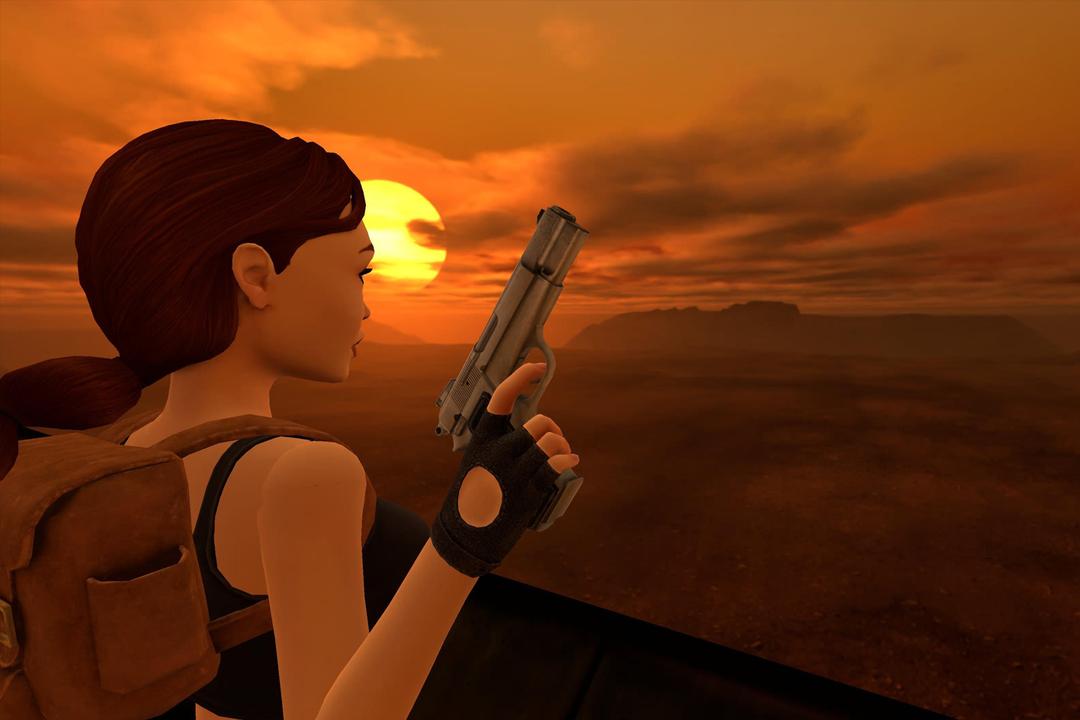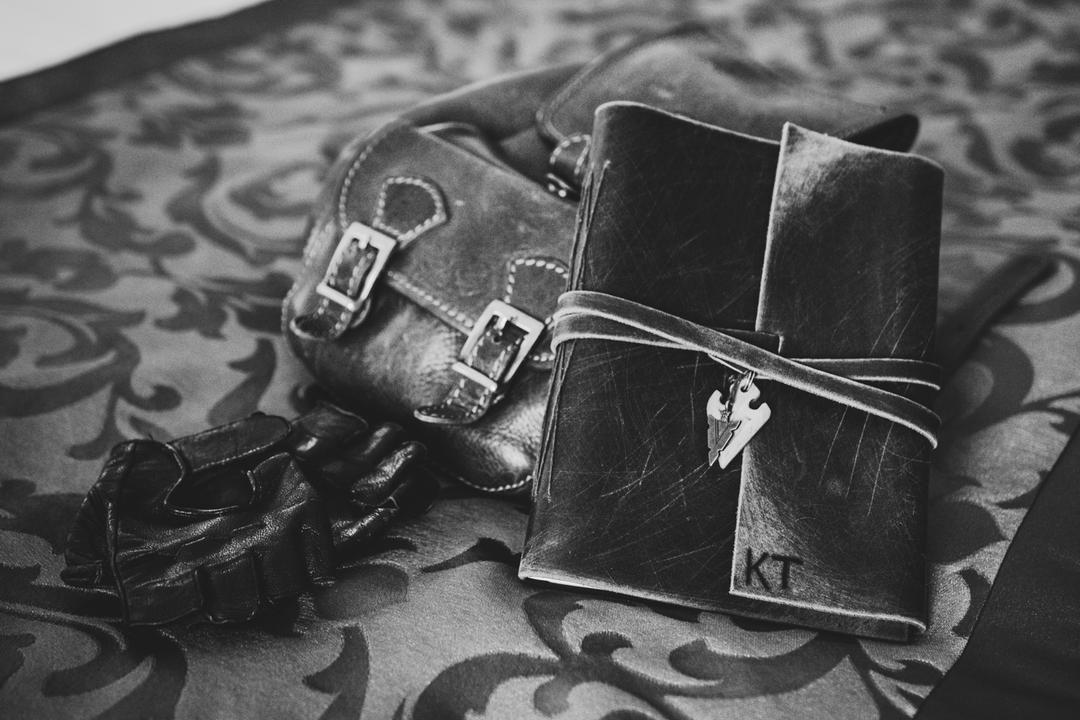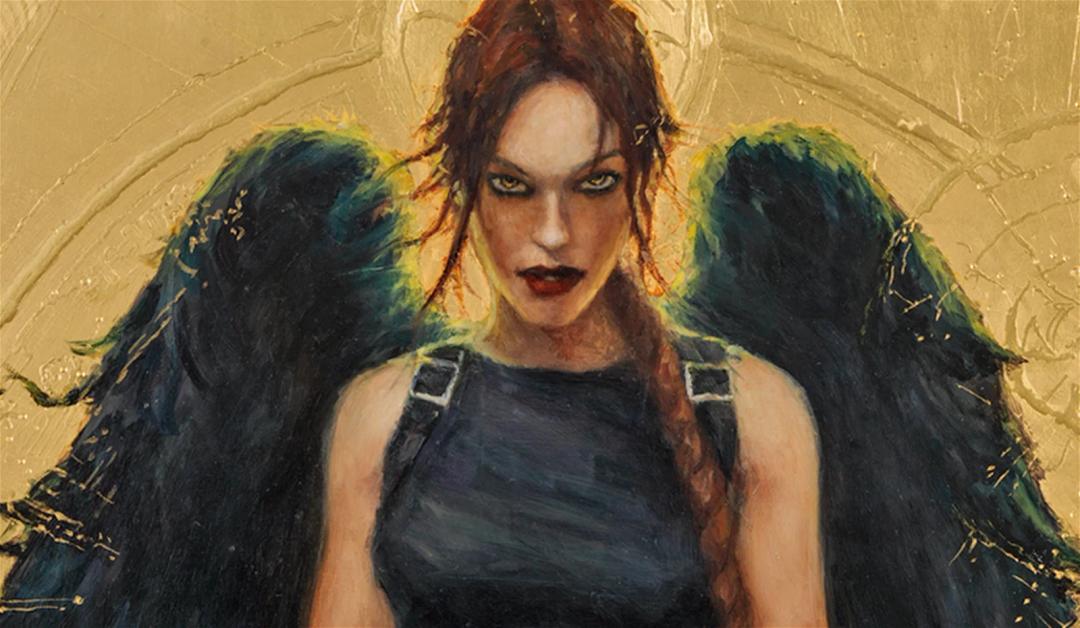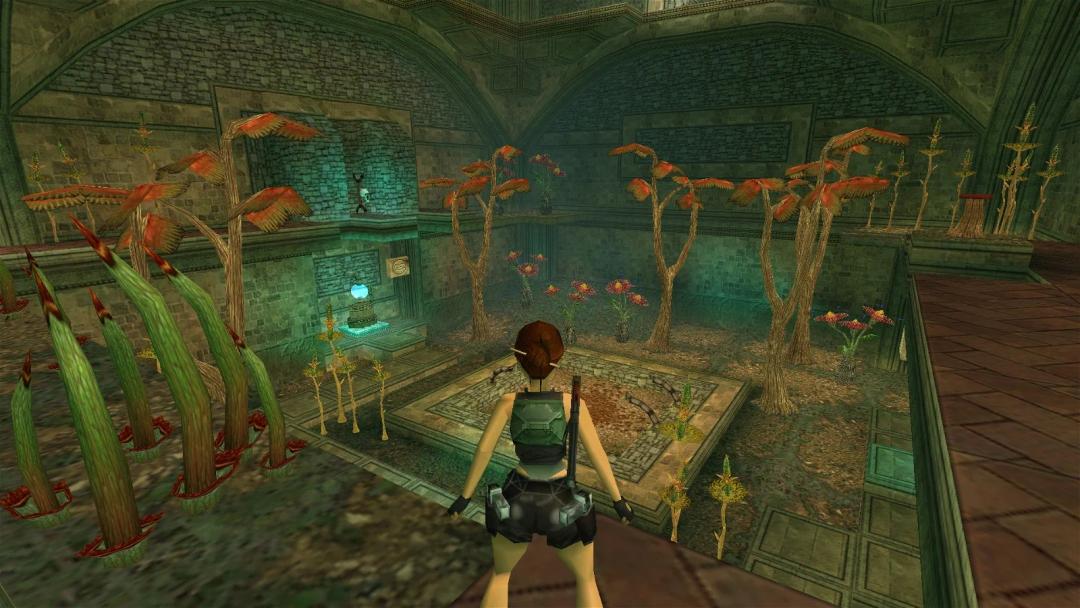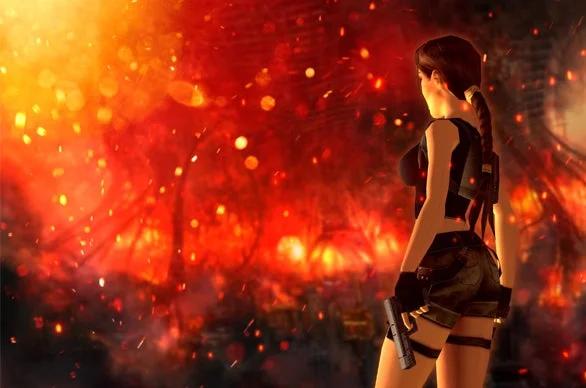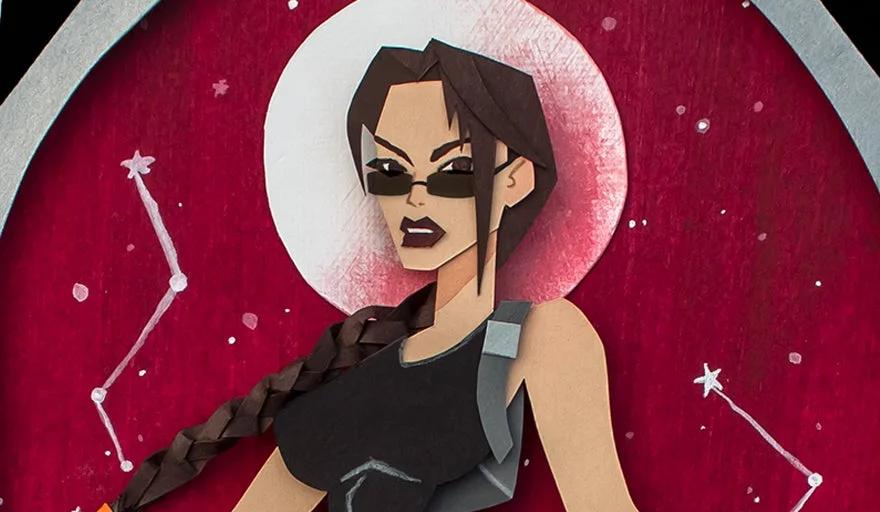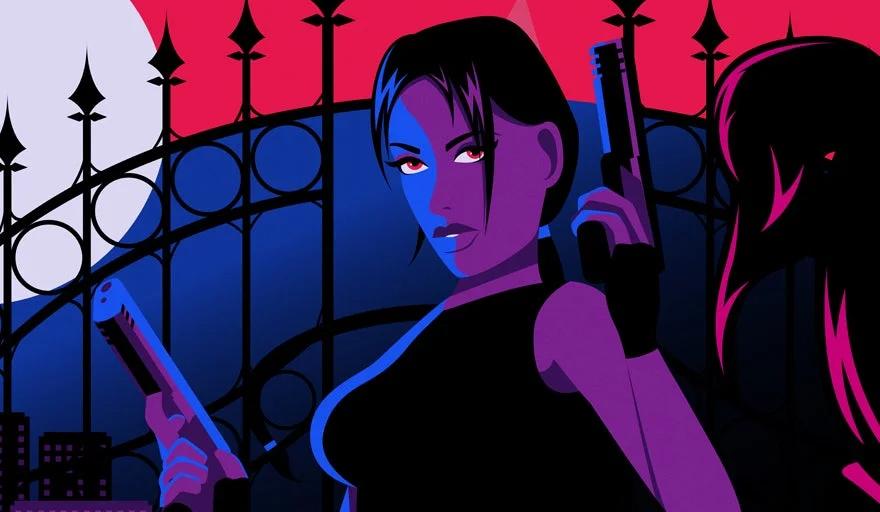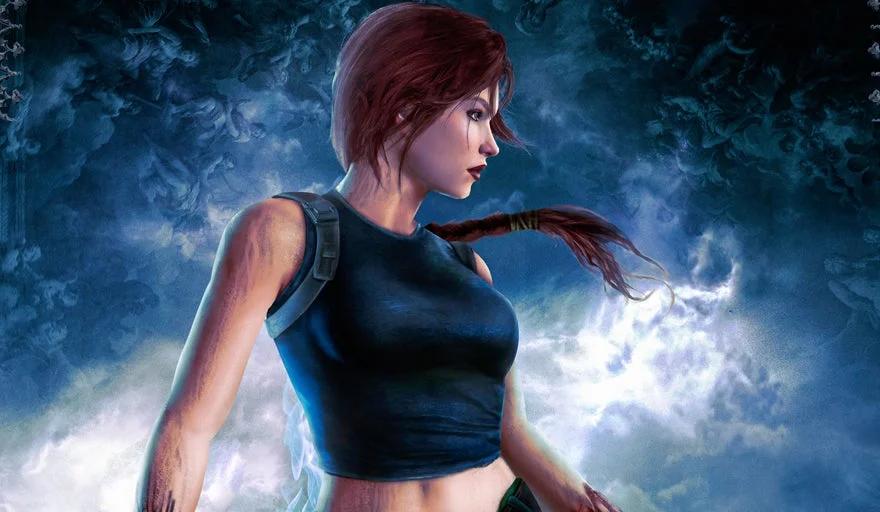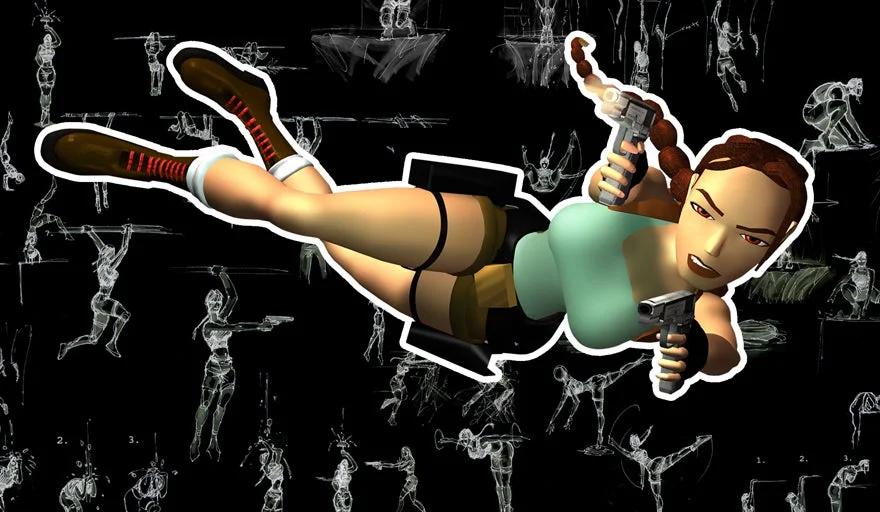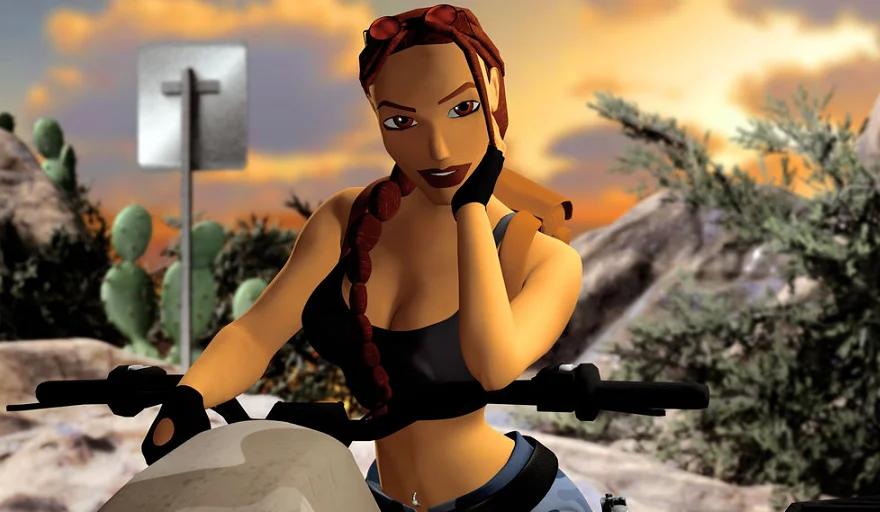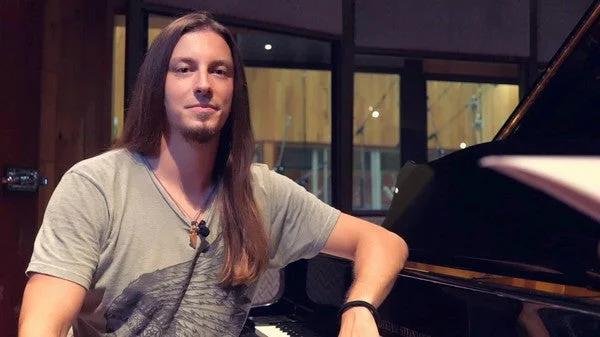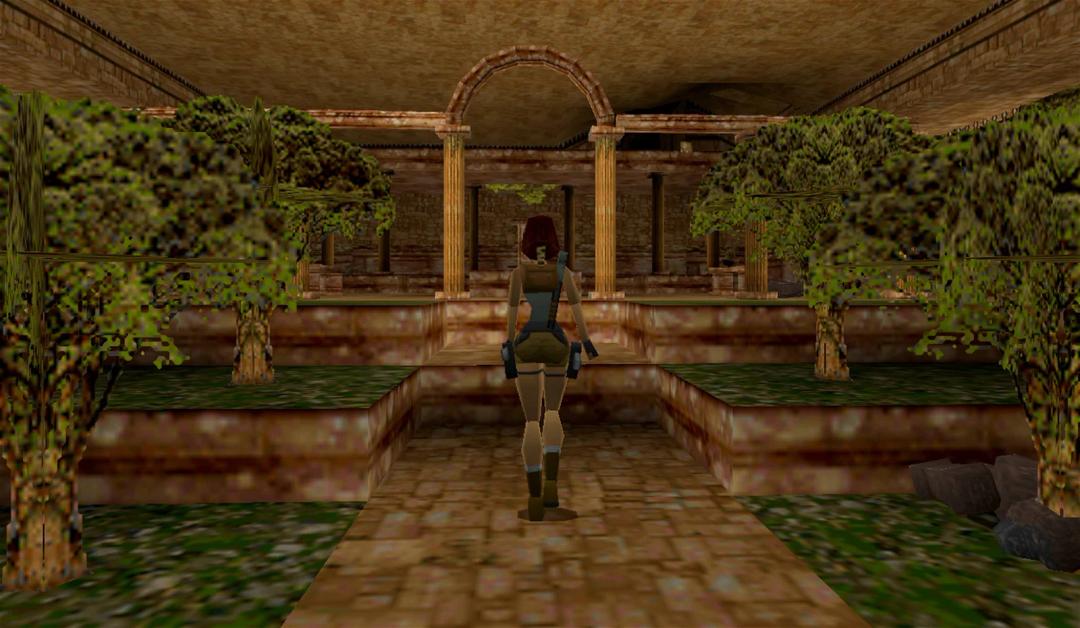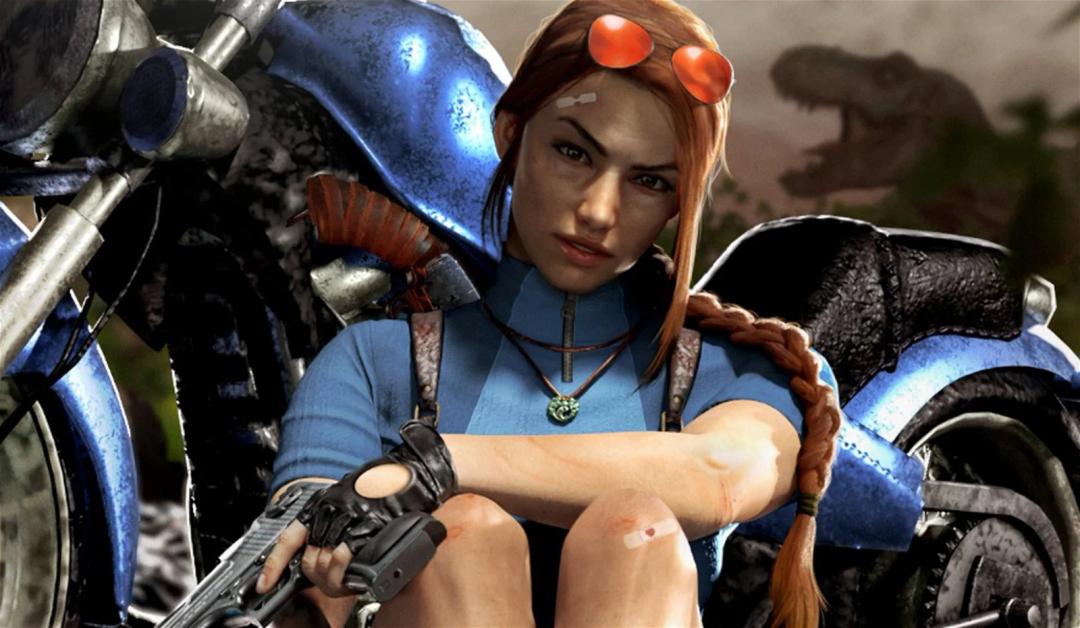.jpg&w=3840&q=75)
.webp&w=3840&q=75)
Guest Article: Prague through the Angel of Darkness Lens
Jul 25, 2023

This is a guest blog by Community ambassador Tina ‘Terenete’ Ljubenkov
It’s time I visited Prague…
The Angel of Darkness works in mysterious ways and on its 20th anniversary of the UK release date (4th of July), the stars aligned and ThatNorskChick’s and my own paths crossed in Prague by pure chance. This was a perfect opportunity to follow in Lara’s footsteps, so we contacted an AOD fan extraordinaire – Potkanka, to join us and guide us through another cold, dark city… In reality it’s summer, it’s quite warm and bright.
Our first stop is the famous Astronomical Clock also known as The Orloj, located in the Old Town Square. The astronomical clock is made up of different parts like an astronomical desk, a calendar and a mechanism that animates the twelve apostles. The astronomical dial is the main feature of the clock that represents the position of the Sun and Moon in the sky and other various astronomical details. The outer ring of the dial exhibits the Old Czech time and includes golden numerals and symbols. You may recognize the design as being similar to Jenni Milward’s Path of the Black Alchemist book cover, as it showcases an astrolabe—an early scientific instrument used for timekeeping and astronomical studies. The astronomical dial of the clock in Prague is a form of the mechanical astrolabe.

Continuing our exploration, we arrived at Charles Bridge, also known as Karlův most, in Prague. This famous medieval stone arch bridge stretches across the Vltava River. The bridge is adorned with a row of 30 statues and statuaries, mostly in the baroque style. These sculptures were originally installed around 1700, but they have been replaced with exact replicas to maintain the bridge’s historical character. While Charles Bridge did not make an appearance in Angel of Darkness, the game’s writer, Murti Schofield, expressed a desire to incorporate the bridge into the game’s storyline. Specifically, Murti envisioned a scenario where the statues on the bridge would come to life and attack Lara. Considering Prague’s incredible atmosphere, Lara running across the bridge, evading the statues would certainly have been an interesting sight to behold. Maybe something in the line of what we saw in ‘the Angel of Darkness Next Gen’- early trailer (only that trailer was located in Paris).
Potkanka led the way through a steep, sweaty walk up the streets, and we finally reached our desired location – Strahov. Strahov is a district in Prague with the most important landmarks being the Great Strahov Stadium, Štefánik’s Observatory and our point of interest – Premonstratensian Strahov Monastery (Strahovský klášter).

The Royal Canonry of Premonstratensians at Strahov is one of the oldest monasteries of the Premonstratensian Order in the world. It has been a working monastery practically ever since it was founded in 1143. The Premonstratensians are an order of canons regular founded in 1120 by St. Norbert. Here you can visit the Basilica of Assumption of Our Lady, the Strahov Picture Gallery and Strahov Library. The Strahov Library is one of the most beautiful libraries in the world and contains over 200,000 volumes, including over 3,000 manuscripts and 1,500 first prints stored in a special depository. The Library consists of The Philosophical Hall, The Theological Hall, Cabinet of Curiosities and a connecting passage.
How does this connect to the Angel of Darkness? There is a character called Luther Rouzic who briefly appears in Angel of Darkness in Luddick’s dossier. Blink and you’ll miss it. You can also find him in various design documents as well as properly portrayed in The Angel of Darkness Official Companion book. Rouzic was supposed to have a major role before being left for the sequel game.
Luther Rouzic is Librarian Honorarium at Prague City Archives. Acknowledged on world authority on dead languages and texts, he is also the keeper of the Strahov archives.

Seeing the Strahov Library, it’s quite easy to imagine Rouzic strolling through these halls as they match his character perfectly. His creepiness mirrors the prepared animal remains in the cabinets, his elegance and age matching the sublimity of the Philosophical Hall (first photo below) and Theological Hall (second photo below). Whilst Rouzic would take you breathless, literally, these Halls do it metaphorically.


Potkanka noted an interesting tidbit: The Visa Commercial with Sofia Vergara was filmed in Prague in 2002 and one of the locations was the Philosophical Hall.
The Strahov Cabinet of Curiosities was bought for Strahov out of the estate of Karel (yes, you read that right) Jan Erben in 1798. Cabinets of curiosities (Wunderkammer) are the direct predecessors of modern museums. Their collections reflect the Rudolphine Renaissance and its interest in the mysterious and remarkable, and the beginnings of the systematic concept of natural sciences. Right at the entrance to the historical part are natural science collections, mainly with sea fauna, complemented with collections of insects, minerals, and wax replicas of fruit. The cabinet in the picture is a dendrology library or a xylotheca. Of the 68 volumes prepared by Karel of Hinterlagen around 1825, each documents one type of wood. The panels are made of the wood of the relevant tree, the spine with the title in Latin and German is made of bark with lichen, inside there are roots, branches, leaves, flowers, fruits, sections of branches, and pests. Beyond the dendrology library, on the back wall of the passage, there is an illusive perspective painting by Achbauer, from 1825, which extends the corridor by means of optical illusion. Since Rouzic is an illusionist, this just fits in maybe a little too well…

After finishing sneaking around the Library, evading Rouzic, The Strahov Monastic Brewery serves Sv. Norbert Coconut Session IPA to refresh your Lux Veritatis senses. If I had a coconut beer for every time some lunatic said something like that…
Engaging our imagination, the Strahov Monastery would be the perfect place for a Lux Veritatis secret headquarters. The Picture Gallery and the Strahov Monastery Treasury offers a look at holy relics, liturgical items, sculptures and contains almost one thousand five hundred paintings from the 14th century to the 19th century. If the Vault of Trophies would be anywhere, it would be beneath the Picture Gallery. The (fictional) Vault of Throphies houses Lux Veritatis trophies and records such as the huge tapestry showing Castle Kriegler and confined Eckhardt. Again, a perfect match. The Cabal could have built their headquarters near the Monastery in order to infiltrate it in search of the fifth Obscura Painting which is hidden in the Vault of Trophies. How on earth does this all fit together so well? Was it brilliant research with a bit of luck? Or maybe higher forces had something to do with it… Did I just hear shapeshifting noises?
It was time to say goodbye to NorskChick and Potkanka and leave them to their own adventures. I heard Norsk explored some Castles (maybe she found Kriegler) and has stumbled upon an abandoned Sanitarium, but that adventure is hers to tell.
I thought my adventure was over, but as stated before, Angel of Darkness works in mysterious ways… And so, by pure luck, I stumbled upon a real underground alchemical laboratory from the 16th century. Walking through the streets of the Jewish quarter, my attention was caught by unusual looking glass bottles holding unknown substances. Taking a closer look, I heard someone in the building mentioning alchemists. I looked up and saw my current location…
The year is 2002, and Prague is hit with catastrophic floods. A secret passage below the street in front of a house in Jewish quarter collapses revealing numerous underground laboratory facilities. The ancient entrance to the alchemy lab, once concealed and lost for centuries, now emerges from the depths of history into the present.
Present day, the house is now home to an alchemical museum called Speculum Alchemiae. An astonishing sight, one I can’t quite believe is real. Must be just an artificial attraction, surely?

The building’s history goes way back to 900, and it’s quite colourful and surrounded in mystery. In the 16th century, the house became a place where the Emperor Rudolf II. established his alchemical laboratory. He invited many famous alchemists to work here. Two famous astronomers who worked under his patronage were Tycho Brahe and Johannes Kepler. In 1579, people reported seeing some strange things, like a fiery carriage pulled by goats in the surrounding area around the house. There’s also a written record from 1591 mentioning the sale of miraculous medical ointments and potions in the house. Unfortunately, the place got damaged in the 1689 French Fire that burned down the Jewish ghetto. Interestingly, in 1896, the house was supposed to be torn down, but for some unknown reasons, it ended up being omitted from the demolition plans in 1900.
Not only were alchemical workshops discovered under the building, but also underground tunnels that connected the three most important places in the city – Prague Castle, the Old Town Hall and Barracks. Many of the rooms and tunnels are unreachable due to being collapsed and/or flooded. Because the house and the labs were heavily damaged, they had to be reconstructed, and they were, with meticulous precision. However, there are still some original artefacts left…
The tour begins, and we enter a room with a prominent insignia that had been used by alchemists to recognize one another. The guide opens a secret door on the reconstructed bookshelf and we descend into the underground passage.


The first room is the Distillation Laboratory. This lab produced the secret Elixir of Eternal Youth, which was distilled in the furnace. Next to the entrance stands a stone plaque. Behind one of the plaques, the excavators had discovered bottles of each elixir, as well as recipes in Latin for creating them. Maybe this is the one?

The recipes are kept secret. One thing is known, though, they don’t contain opium and mercury anymore as they used to, but they are created according to a secret recipe from the 16th century. The modern-day Speculum Elixirs are provided by one of the monasteries made by monks who have access to the secret recipes found in the underground labs.
Above the entrance, an animal skull is hanging which reminds me of a similar sight. I’ve seen this before, in Cappadocia. Going back to Uçhisar, Peri Café, a similar skull hangs over the entrance of the stone house to scare away any wandering tourists that might try to get in when the owner is not present. It made me wonder if there’s any connection to it, or maybe I let my imagination wander a bit too much. On the right side is a door that hides a collapsed tunnel.

Going back to Angel of Darkness, one of the levels is Eckhardt’s Alchemy Lab which is very reminiscent of the underground Speculum Alchemiae labs. It is very easy to imagine Eckhardt inhabiting these rooms. Whilst real-life alchemists were searching for ways to produce gold from lead, Eckhardt had little regard for the misunderstandings they had about the true nature of the Philosopher’s Stone. The true aim of the dedicated alchemist is not transmuting ordinary metals into gold but the transformation of oneself into something infinitely higher on the evolutionary scale, in his case the Golden Lion.
The next room is Transmutation Laboratory. According to the alchemist’s notes, the furnace in this room was instrumental in the process of transmutation, which marks the first of four stages in the creation of the Philosopher’s Stone.


Next to the Transmutation Lab is the Drying Room for Herbs which is self-explanatory.
The last room is the Glass melting Furnace which was used for making various flasks and glassware. They had to manufacture their own glass in order not to raise suspicion. The alchemy lab was located in the Jewish quarter because they were more open to the occult thus the alchemists could hide themselves better.


One original item of particular interest is an Elixir bottle encased in a glass display which was found in the underground labs and preserved. I wonder what would happen if someone was to drink it today?

On my way out of the laboratories, I couldn’t believe what I had just seen. I knew there was some truth in Angel of Darkness’ fiction, but I hadn’t realised just how much. The Strahov Monastery and the underground Alchemy Laboratory mirror the Lux Veritatis and the Cabal perfectly as they’re both direct opposites. It is easy to see why Prague was chosen as the Cabal’s main hub and the location for the finale of the game.
I realised why I love the Angel of Darkness story so much. The myths and the history are there, but they are just vague enough for you to be able to sprinkle some of your own imagination on top of it to bring out some interesting narrative elements and tie-ins from the real world into the game. When you come across something, like an alchemy laboratory such as this one, it sparks a lightbulb moment in your brain, leading you to connect elements in an unexpected way. It’s the joy of analysing and going into the very creation of the story. You start to understand the immense effort that went into it, and it makes you appreciate the knowledge used to connect all of these elements.
The Angel of Darkness’ story is so much more than what was portrayed in the game and because the game never got its sequels, additional story elements never came to light. They remained as hidden as the alchemy laboratories themselves before they were revealed to the world by a force of nature. Thankfully, for anyone looking to dig deeper, there are documents that the writer, Murti Schofield, has shared on his website. Eckhardt’s and Karel’s life stories are more nuanced than anyone ever got the chance to see. I am well aware of the confusion players experienced with the game’s plot twist ending where it was revealed that it was in fact Karel who had murdered Von Croy because it seemed it came out of nowhere. I had experienced it myself, before thinking there must be more to it. And there was. Karel and Eckhardt are characters who have been alive for centuries and their connection is one of betrayal, hidden agendas, manipulation and fight for the ultimate position of power. When you know the full story, everything just falls into place like pieces of a puzzle you were attempting to complete for years and you start feeling exactly as we were when walking through these magnificent locations that were the inspirations for the game. I urge anyone interested in knowing more about the Angel of Darkness’ story to dig deeper cause, to put it in Luther Rouzic’s words: Everything worth having or knowing is already recorded if one knows where to look and has the resources to dig deep enough.
Resources:
Speculum Alchemiae Prague – Alchemist’s Laboratory of Rudolph II Booklet
Special thanks: ThatNorskChick, Potkanka and Dragutin

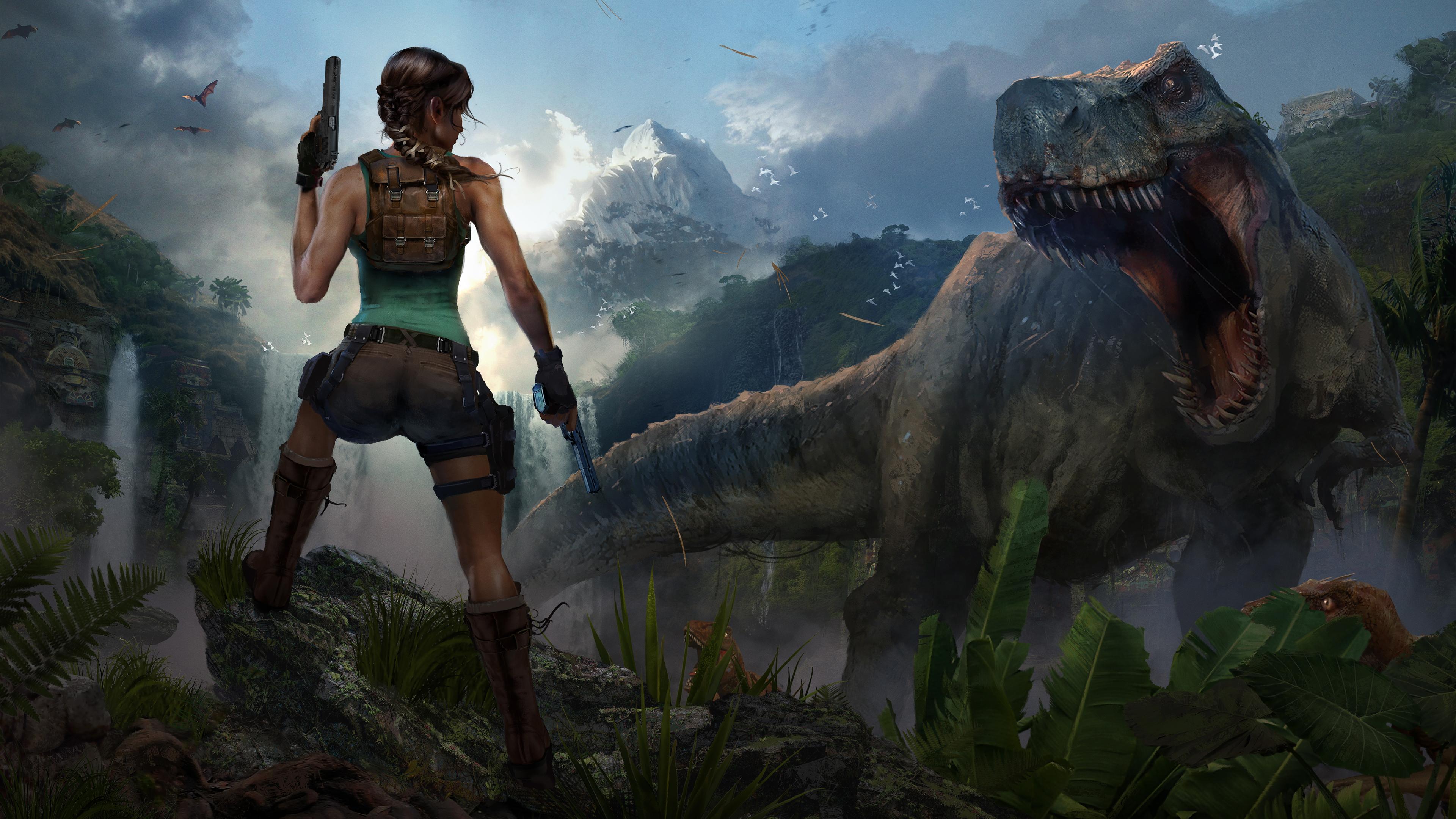
Join the new Society of Raiders
Sign up to join our Society of Raiders and receive monthly newsletters & exclusive rewards. Adventure is calling!
